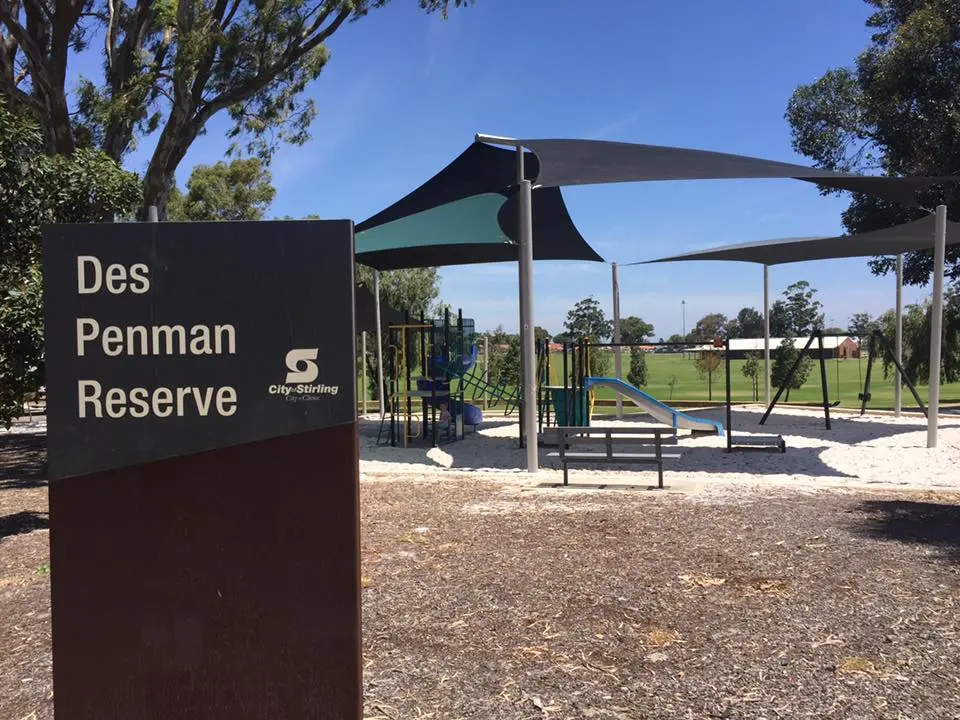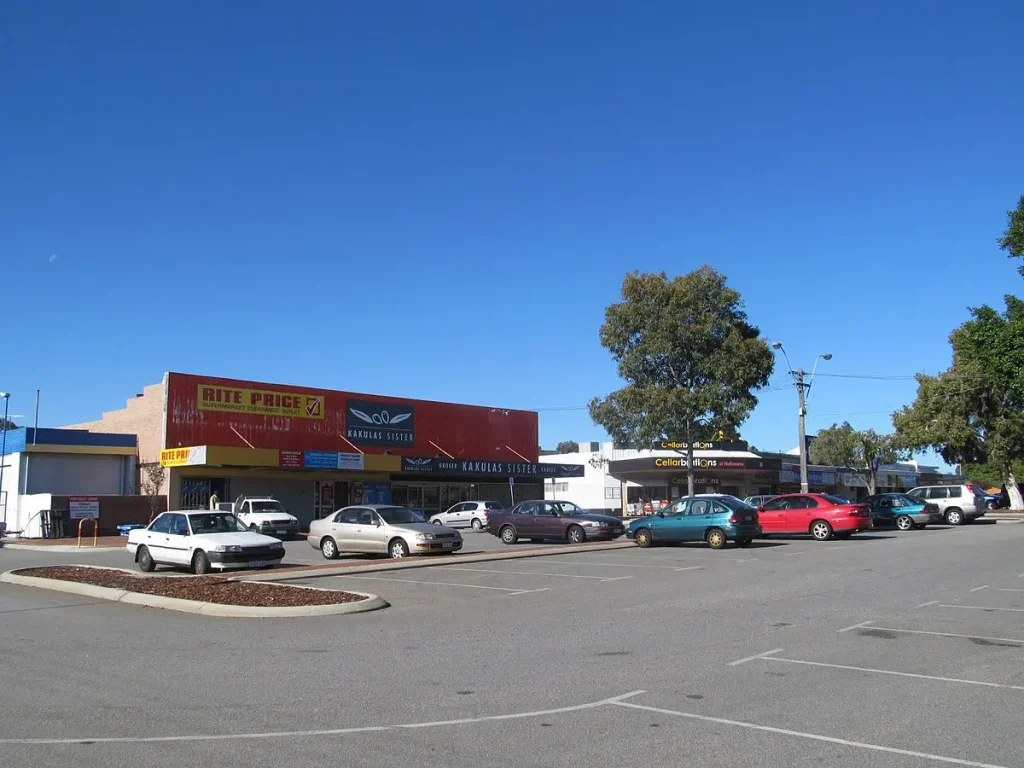
The residential landscape of Nollamara is a mosaic of single detached dwellings nestled on small- to medium-sized lots. This suburb’s architectural identity is a captivating blend of eras, ranging from timber-framed character houses that harken back to the 1950s, to the contemporary appeal of modern brick and tile dwellings. This harmonious coexistence of styles weaves a unique tapestry that reflects the evolution of housing over time.
Nollamara’s story is one of progression and transformation. Property values have been on a steady rise, underscoring the suburb’s allure for both residents and investors. As these values soar, a wave of redevelopment has surged through the streets, resulting in the emergence of units and duplex developments that breathe new life into the area. This evolution has brought about a shift in the prominence of properties managed by the Department for Housing and Works, enhancing the diversity of living options and the visual landscape of Nollamara.
12,779
34
6,102
$676K
$720 per week
7 Days
Data obtained in 2025 from Real Estate Institute of Western Australia and Australian Bureau of Statistics
Parts of the area now called Nollamara were originally granted separately to William Knight in 1841 and Mary Hutton in March 1844. However, development in Nollamara did not commence in earnest until the late 1940s. Prior to World War II, land in the southern sector of Nollamara was used mainly for market gardens and poultry farms. The State Housing Commission (now Department for Housing and Works) resumed construction in the area in 1950 as part of the Mirrabooka satellite city project. The suburb was named in 1954 and more than 2,500 homes had been built in Nollamara by 1969.
